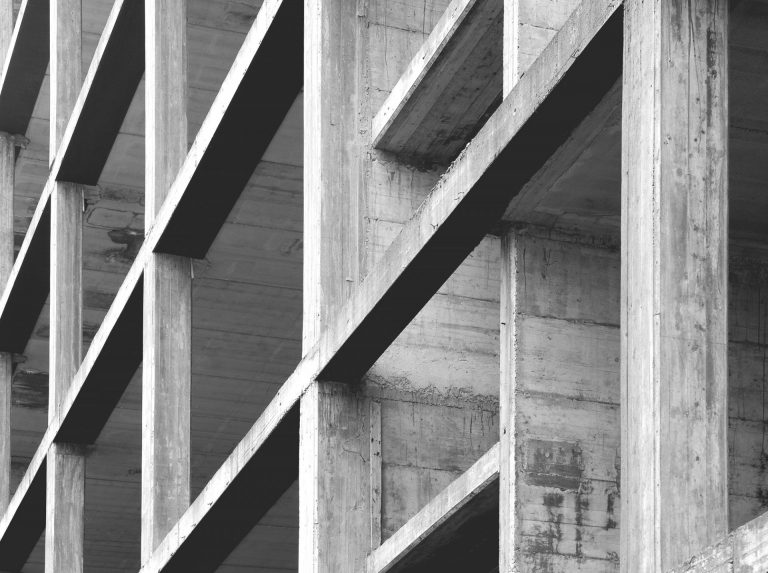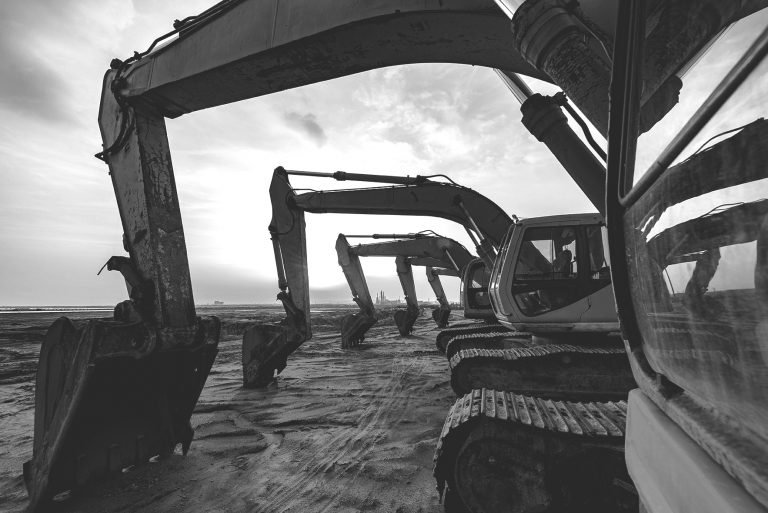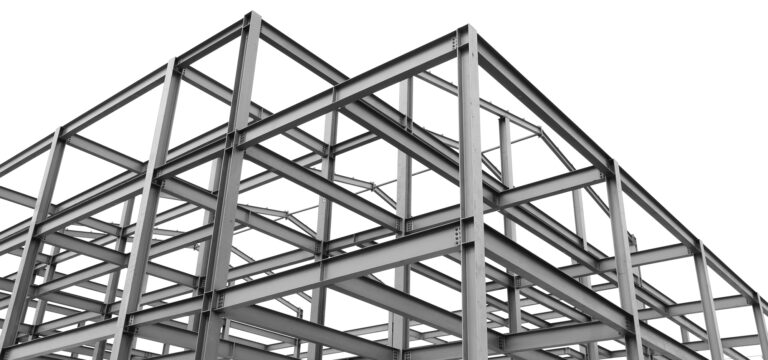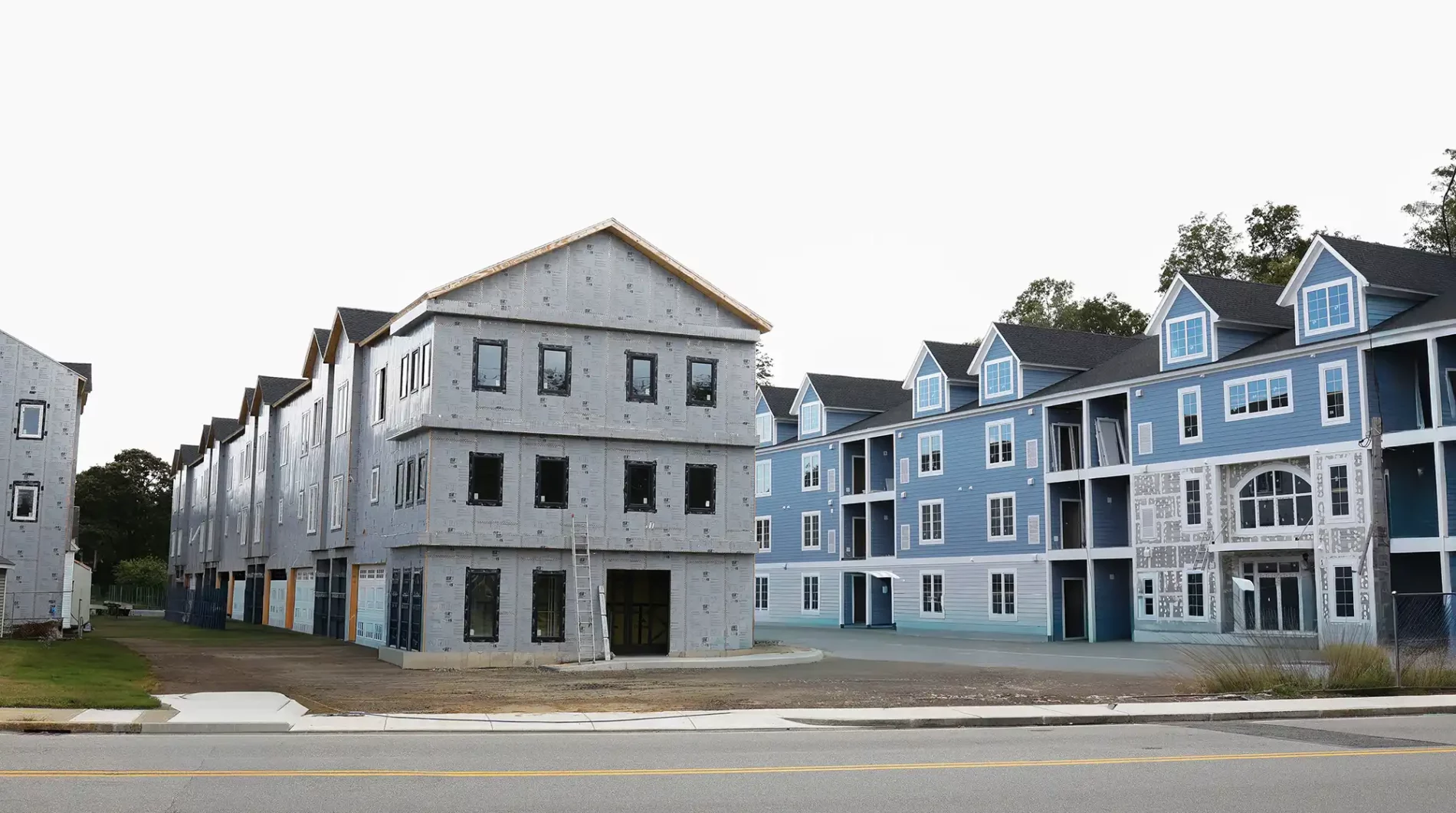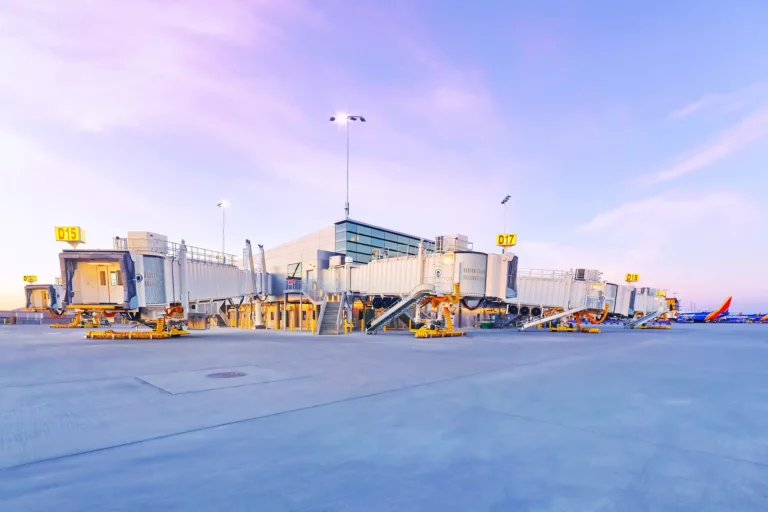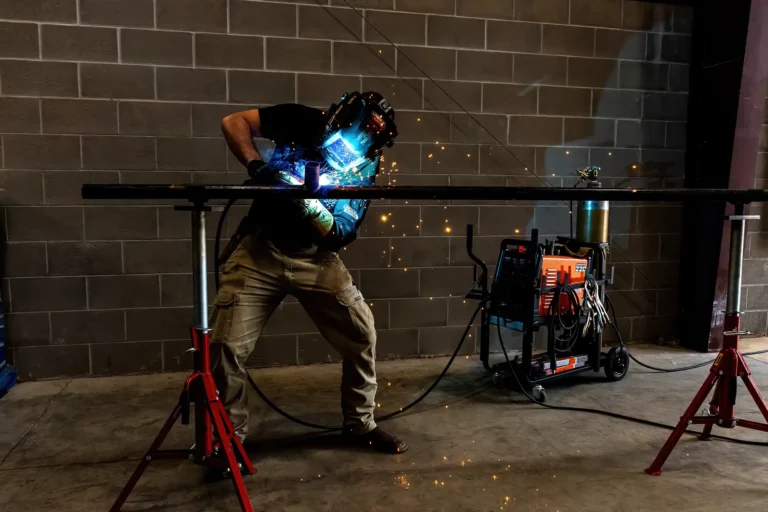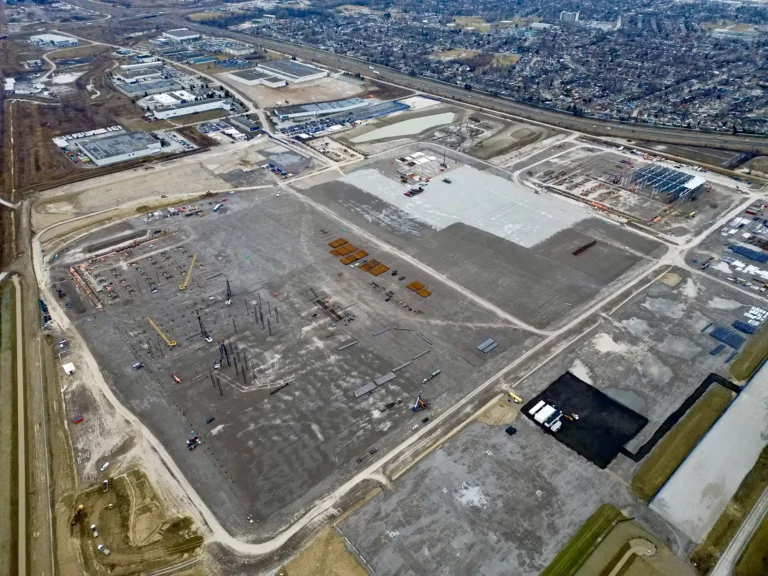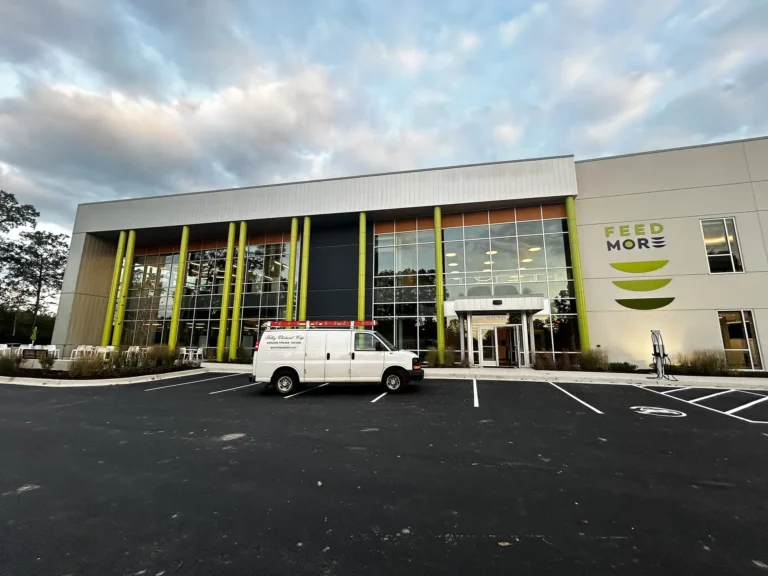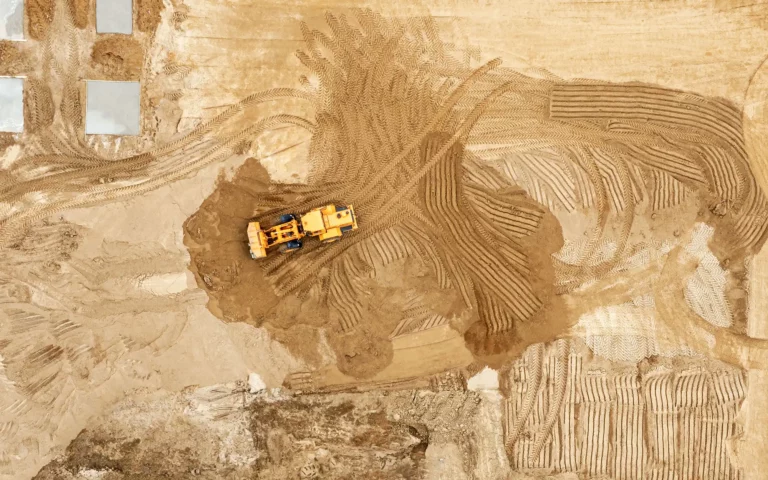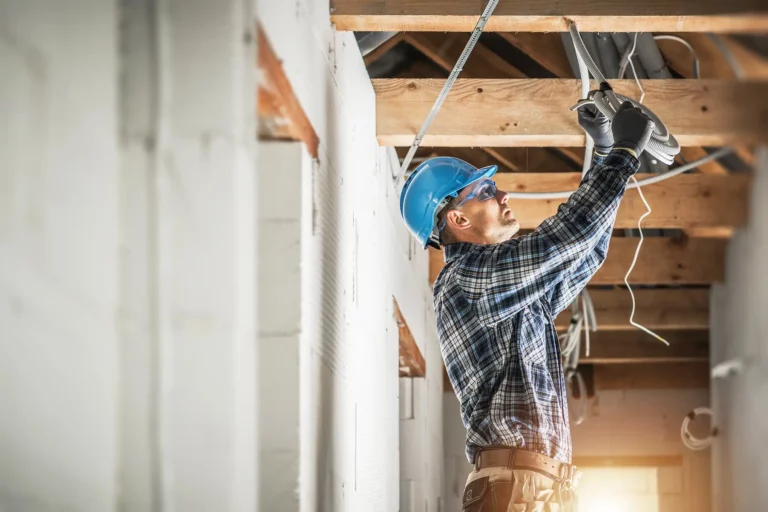When Carlos Ferreira set out to name his minority-owned construction company, he had two goals in mind: get close to the front of the alphabet and honor his family story. He achieved both with Atomic Ant Construction (AAC) Contractors—a name that speaks to energy, persistence, and purpose.
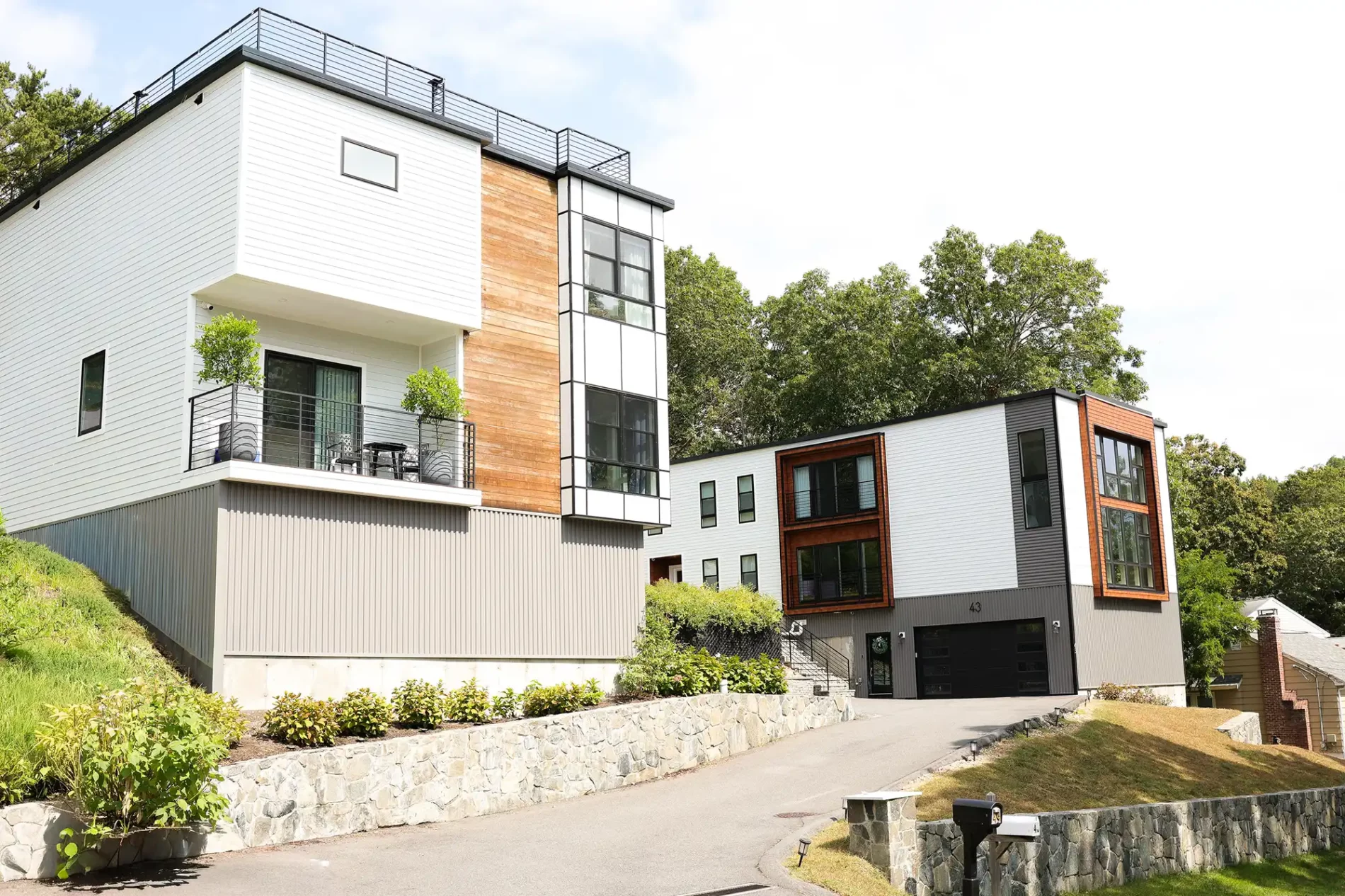
“I’m originally from Brazil,” Carlos explains. “My mother used to tell me I was that—an atomic ant—because, 50 years ago, there was no treatment for ADHD. You called kids like me that; they acted like ants were in their pants.”
That sense of constant movement has driven the company for more than 20 years. Based in Boston, Massachusetts, AAC has built its reputation on reliability, technical skill, and a deep understanding of client needs. The business now includes MP Design Consultants, an affiliated firm that helps deliver integrated design and construction solutions.
Today, AAC is a family operation. Carlos’ older son, Daniel Ferreira, has been with the company since leaving high school, learning the business from the ground up. He started cleaning job sites, progressed to layout work, and developed extensive knowledge in architectural design. Now, Daniel manages the company’s Cold Form Steel production line—a role he earned through hands-on experience in the trenches. Walk the factory floor on any given day and you might find him calibrating equipment or inspecting studs for imperfections, ensuring every piece meets exacting standards. Carlos’ younger son, Nick Ferreira, brings his creative background from the music industry to oversee the company’s marketing and communications, helping to sharpen its brand while maintaining its grounded, client-first identity. Together, father and sons have transformed a small local builder into one of the region’s most agile firms—one that combines traditional construction expertise with a forward-looking focus on light gauge steel framing and sustainable modular building.
“Much of our work continues to come through referrals,” Carlos says. “That’s what people trust me for.” It’s a trust earned over decades of steady delivery, reinforced by a willingness to adapt.
That adaptability led to one of AAC’s biggest shifts. About three years ago, a client asked Carlos if he could take on a project using light gauge steel framing, a construction method that employs cold-formed steel sections instead of traditional wood or hot-rolled steel. “He said, ‘Do you think you can figure out how to do these things?’” Carlos recalls. “I said, ‘Yeah, I can.’ And then I decided to turn that into a business—it’s like, maybe we can do this for more people.”
The decision proved transformative. Light gauge steel framing offers multiple advantages: it’s strong, lightweight, durable in harsh weather, and ideal for modular buildings; an increasingly popular choice in Boston’s dense, high-demand housing market. “People call me,” Carlos says, “and if I’m available, I’m going to go work for them.”
AAC now positions itself primarily as a project management and steel manufacturing firm, helping other developers and contractors bring projects to life. The company maintains its own fabrication facility, enabling it to process steel in-house for framing, studs, and other key materials. This vertical integration gives clients both cost efficiency and precision; qualities that have made AAC a go-to partner for small investors and development companies across Massachusetts.
Among its standout projects are several that illustrate AAC’s evolution and technical growth.
In Franklin, Massachusetts, the 230 East Central Street project marked AAC’s first major foray into light gauge steel framing. The team replaced a single-family home with a 40,000-square-foot, three-story apartment building, including 33 residential units and 900 square feet of commercial space. The success of that job led to an immediate follow-up.

Next door at 240 East Central Street stands a testament to the future of residential construction: a 14-unit townhouse development that reimagines luxury living through steel. The project features two meticulously crafted buildings—one with six units, another with eight—each unit a three-story showcase of what Cold Form Steel technology can achieve in modern homebuilding. These aren’t your typical townhouses. At 2,500 square feet each, they offer spacious two-car garages at street level, flowing into open-concept living and kitchen spaces on the second floor, crowned by three generous bedrooms on the third. But it’s what you can’t see that sets them apart: precision-engineered CFS framing throughout, delivering straighter walls, more consistent finishes, and superior structural integrity compared to traditional wood construction. The steel framework also provides enhanced fire resistance and won’t warp, rot, or attract termites—advantages that translate into lower maintenance costs and greater peace of mind for homeowners. It’s residential construction built to commercial-grade standards, proving that sustainability and luxury aren’t mutually exclusive.
But that developer’s confidence in AAC didn’t stop at one building—it multiplied. Impressed by the results, he committed to an ambitious three-building complex in Randolph, MA, currently under construction: 160,000 square feet of residential space housing 106 apartments, all framed in Cold Form Steel. It’s the kind of repeat investment that speaks louder than any marketing campaign could. When a developer stakes that much capital on your construction method and your team’s execution, it’s not just business—it’s validation. The Randolph project represents a turning point: proof that CFS has moved beyond experimental curiosity to become the builder’s choice for developers who demand speed, precision, and long-term performance at scale.
“When a developer stakes that much capital on your construction method and your team’s execution, it’s not just business—it’s validation.”
Another longtime developer decided to take the leap into CFS construction, the result was 476 Warren Street in Dorchester—a three-story, 11,000-square-foot residential building featuring 11 spacious two-bedroom, two-bathroom apartments. The project’s location directly across from Boston Latin Academy, one of the city’s most prestigious public schools, made it particularly attractive to investors seeking stable, family-oriented tenants. But beyond location, the developer’s confidence in AAC’s steel framing expertise signaled something more significant: the company’s growing reputation among savvy clients who understand that innovative construction methods and proven reliability aren’t opposing forces. It was a vote of confidence in both the technology and the team behind it.
The company’s expanding expertise culminated in the 8 Winter Street development, a striking six story residential building located steps from Lechmere Station in Cambridge. Encompassing 23 residential units and roughly 29,000 square feet, the project features , one-bedroom, and two-bedroom apartments. For this project we are innovating with a new class of structural steel material called Magnelis—a material chosen for its corrosion resistance and long-term durability.
“The steel that we buy is usually galvanized,” explains Nick. “Magnelis is an advanced metallic-coated steel featuring a unique zinc-aluminum-magnesium (ZM) alloy that offers superior corrosion protection compared to traditional galvanized steel. Developed to meet the demands of modern construction, this innovative coating provides up to three times longer corrosion resistance in aggressive environments, making it an ideal choice for structures exposed to moisture, coastal conditions, or harsh weather. The material’s self-healing properties—where the coating protects cut edges and scratched surfaces through cathodic protection—extend the service life of steel components while reducing maintenance costs. Magnelis represents a significant advancement in durable, sustainable building materials that help structures stand the test of time.”
Carlos adds that Magnelis has already generated strong enthusiasm among clients. “As an engineer, when I thought about this product, I said, ‘People are going to line up around the door, and I’m not going to have a chance to build enough buildings for everybody,’” he says. With investors increasingly sensitive to insurance premiums and long-term maintenance costs, durable materials like Magnelis it will become the new standard for CFS construction.
Recognizing this industry shift, AAC recently hosted “The Future of Construction is Here! Live CFS Demo,” a hands-on seminar designed to educate designers and builders on the benefits and applications of Cold Form Steel framing systems. The event highlighted how CFS compares to traditional wood framing—a conversation Carlos believes the industry needs to have. “A lot of contractors still default to wood,” he explains. “I understand why—lumber has a lower upfront cost—but our philosophy is about building structures that last. When you’re thinking long-term, the durability and performance of steel make it the smarter investment.”
Carlos sees the Winter Street project as more than just another building—it’s a living showcase for the future of mid-rise construction. “That project in Cambridge is going to become our classroom,” he explains with evident enthusiasm. “It’s a high-visibility site, and I’m going to use it to educate the market. When developers ask whether they can build six stories with CFS, I’ll bring them there and walk them through it—show them the structural advantages, the speed of construction, the precision. Once they see it in action, they’ll understand why this is where the industry is headed.” For Carlos, every completed project is an investment in the next one, proof that Cold Form Steel isn’t just viable for mid-rise construction—it’s superior.
With demand surging and project pipelines filling, AAC isn’t just keeping pace—it’s accelerating. In early 2026, the company will move into a purpose-built 25,000-square-foot facility designed specifically for Cold Formed Steel panelized fabrication. The new space will house state-of-the-art equipment capable of producing complete wall panels, floor systems, and roof trusses with precision that would be impossible to achieve on-site. But Carlos knows that advanced machinery is only half the equation. “We’re building more than a factory,” he emphasizes. “We’re building a training ecosystem. The space, the equipment, the production capacity—it’s all coming together. But I also need skilled labor who understand this technology inside and out, so we’re including a dedicated training facility where we can develop that workforce.” It’s a bold bet on vertical integration, positioning AAC not just as a builder, but as an industry leader shaping the next generation of construction professionals who’ll carry CFS expertise forward.
Sustainability isn’t just a buzzword at AAC—it’s become a competitive advantage. The company has committed to sourcing 100 percent of its steel from recycled materials, a decision that Nick describes as both ethically sound and strategically smart. As climate pressures intensify, he sees the construction industry approaching a reckoning. “Look around Boston—we’re already building sea walls because of Sea Level are rising,” he points out. “Meanwhile, Canada, one of our biggest lumber suppliers, is battling increasingly severe forest fires that disrupt the supply chain. These aren’t distant problems anymore; they’re reshaping how we build.”
Steel, Nick argues, offers resilience that wood simply can’t match in an era of climate uncertainty. “Right now, lumber shortages come and go, but the trend is clear—over time, supply will get tighter and more unpredictable,” he explains. “Steel doesn’t have those vulnerabilities. It’s dimensionally stable, incredibly durable, and performs consistently regardless of weather conditions. You’re not dealing with warping, rot, or moisture damage. It’s engineered reliability.” For AAC, choosing recycled steel isn’t just about reducing environmental impact—it’s about building on a foundation that won’t shift beneath them.
Through strategic investments in cutting-edge technology, workforce development, and sustainable manufacturing practices, AAC isn’t just adapting to the future of construction—it’s actively building it. The company’s transformation from a modest, referral-driven contractor into a vertically integrated steel fabrication and modular building specialist tells a larger story about where the industry is headed. In many ways, AAC’s trajectory mirrors Boston itself: a city that honors its architectural heritage while embracing innovation, where historic brownstones stand alongside LEED-certified towers, and where the next generation of builders must be faster, smarter, and more resilient than ever before. Carlos and his sons aren’t waiting for the construction industry to change—they’re proving that with the right materials, the right mindset, and the courage to challenge convention, it already has. The question isn’t whether Cold Form Steel will reshape residential and commercial construction in New England. The question is whether the rest of the industry can keep up with what AAC is already accomplishing.
As the company approaches its third decade, Carlos reflects on what drives him. “I just want to build things that last,” he says simply. “We listen to people. We take pride in what we do. And we keep learning.”
In a city known for reinvention, AAC Contractors is doing what its name suggests; moving fast, working hard, and helping Boston grow stronger, one steel frame at a time.


